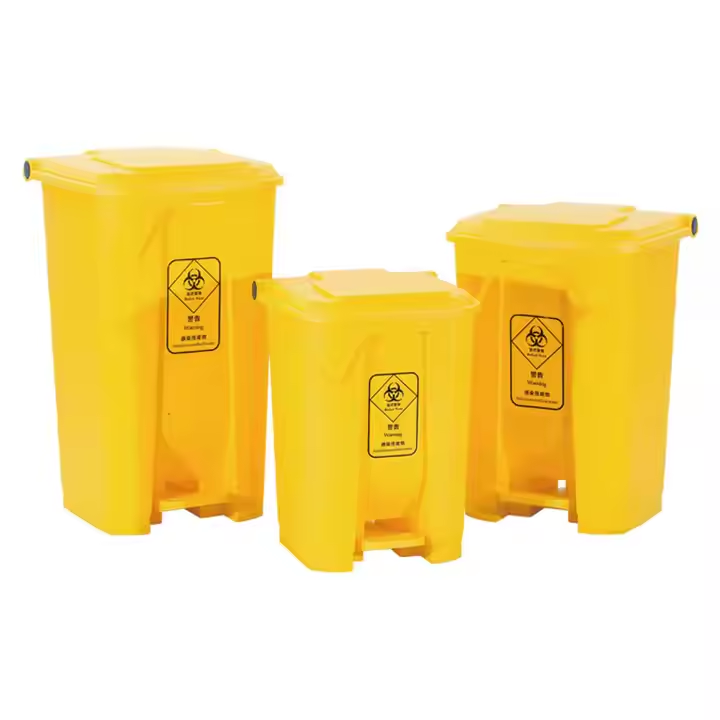Pallets are fundamental to the global logistics and storage industry, serving as the primary means for stacking, storing, and transporting goods efficiently. Recognizing standard pallet sizes is vital for optimizing logistical operations and can greatly impact the cost-effectiveness and efficiency of supply chains. This article delves into standard pallet sizes, focusing particularly on the Euro Pallet 1200×800, the Heavy Duty Nestable EURO 4 Way Plastic Pallet, and other common sizes like the 1200×1000 plastic pallets.
Importance of Standard Pallet Sizes
Standard pallet sizes facilitate the seamless movement of goods by standardizing the loading, unloading, and storage processes across different regions and industries. They allow goods to be transferred easily between various transportation modes without repacking, optimize space in storage areas and shipping containers, and reduce transportation costs.
Common Standard Pallet Sizes
Pallet dimensions can vary by region and industry, but certain sizes are recognized globally:
- ISO Standard Pallets: These include six dimensions standardized by the International Organization for Standardization (ISO), suitable for global transport systems. Among these, the 1200×1000 mm plastic pallets are widely utilized for their compatibility with sea containers and adaptability across numerous industries.
- Euro Pallet 1200*800 mm: Predominantly used in Europe, this pallet size is standardized by the European Pallet Association (EPAL). The Euro pallet is renowned for its durability and is a staple in European logistics.
- Heavy Duty Nestable EURO 4 Way Plastic Pallet: This type of pallet is designed for heavy-duty applications, offering robustness and the convenience of being nestable for space-saving when not in load. Its four-way entry design enhances handling efficiency, making it ideal for high-load capacities and dynamic storage environments.
- North American Standard: In North America, the most common pallet size is 48×40 inches (1219×1016 mm), widely utilized across various sectors, especially in grocery chains.
- Australian Standard Pallet: With dimensions of 1165×1165 mm, this pallet is optimized for the Australian railway RACE containers, differing slightly from standard sea containers.
The Role of Standard Pallet Sizes in Logistics
Standard pallet sizes are crucial for integrating material handling equipment, such as forklifts and pallet jacks, into the logistics workflow, enabling the automation of warehouse operations and reducing manual handling, thereby lowering accident risks.
Custom and Specialized Pallet Sizes
While standard sizes are prevalent, specific industries often require custom pallets designed for particular products or operational conditions. For example, sectors dealing with heavy or oversized items might opt for thicker, stronger pallets, whereas those in electronics might prefer smaller, lighter options for handling delicate components.
Conclusion
Understanding and utilizing standard pallet sizes, like the Euro Pallet 1200×800, Heavy Duty Nestable EURO 4 Way Plastic Pallet, and the 1200×1000 plastic pallets, is essential for enhancing logistical efficiency, reducing costs, and ensuring operational excellence. As global commerce expands, adherence to these standards becomes increasingly important for economic and environmental sustainability.







